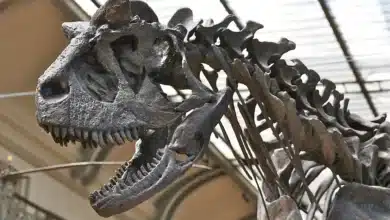Spotlight: Table Tonic
Nett talked to Louise Bell of online homewares and décor boutique Table Tonic
Why did you start a small business?
For two reasons – firstly, because I lost my job. In February 2010, I was made redundant as Creative Director of Cosmopolitan, Cleo and Dolly magazine, and secondly, because, given the fact that it was a redundancy, I could actually afford to, even with a mortgage. As an internet junkie, as well as a mother of 2 young children, starting an online business, was a fire that was constantly burning in the back of my mind.
What inspired you?
I was inspired largely by international decor magazines, whose beautiful homewares and soft furnishings were completely inaccessible to Aussies. I knew it couldn’t be too hard bringing them to Australia, so I gave it a shot. It may be my graphic design background, but I’ve long held a soft spot for all things natural, beautiful, practical, and handmade, and the words ‘vintage’, ‘eclectic’, ‘colorful’ and ‘global’ get me very excited indeed.
Which internet activities are you struggling with?
I’m struggling enormously with my online store software. To make the tiniest change, you have to be a technical whizz. So I tend not to change anything too much, which isn’t ideal. Apart from that, I’m coping!
What have you learnt about business online since you started reading Nett?
The importance of social media for small businesses has been an eye-opener, and I’ve been hugely inspired by the success stories of businesses like the Byron Bay Cookie Co. It’s easy to think you’ll never make it big, but hope is underrated.
What are the 3 biggest issues that Australian small businesses face at the moment?
Personally, the three I’m struggling with are cash flow, anything to do with tax and bookkeeping, and lack of budget for marketing and advertising of any kind.
What’s the next step for Table Tonic?
If I could just lay my hands on the Moroccan Pouffe order I’ve been waiting on since April, I’d be a happy woman! Expanding the products in my online store is something I’m very much looking forward to doing eventually. I am constantly making lists in my head of all the incredible products out there I’d love to stock. Soon I hope!




